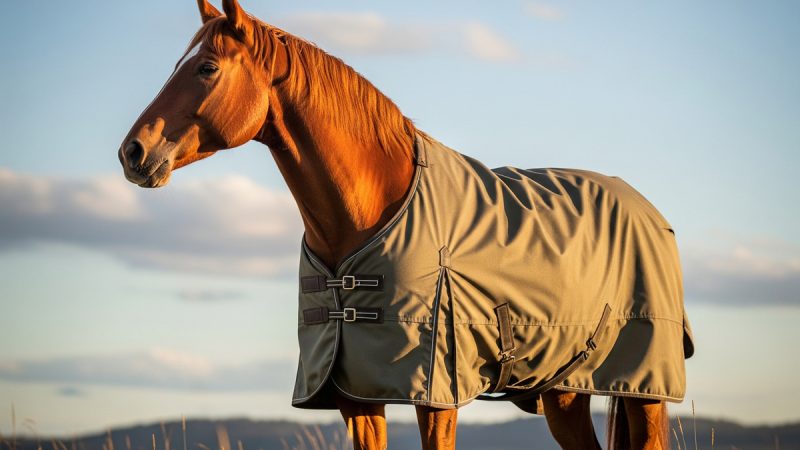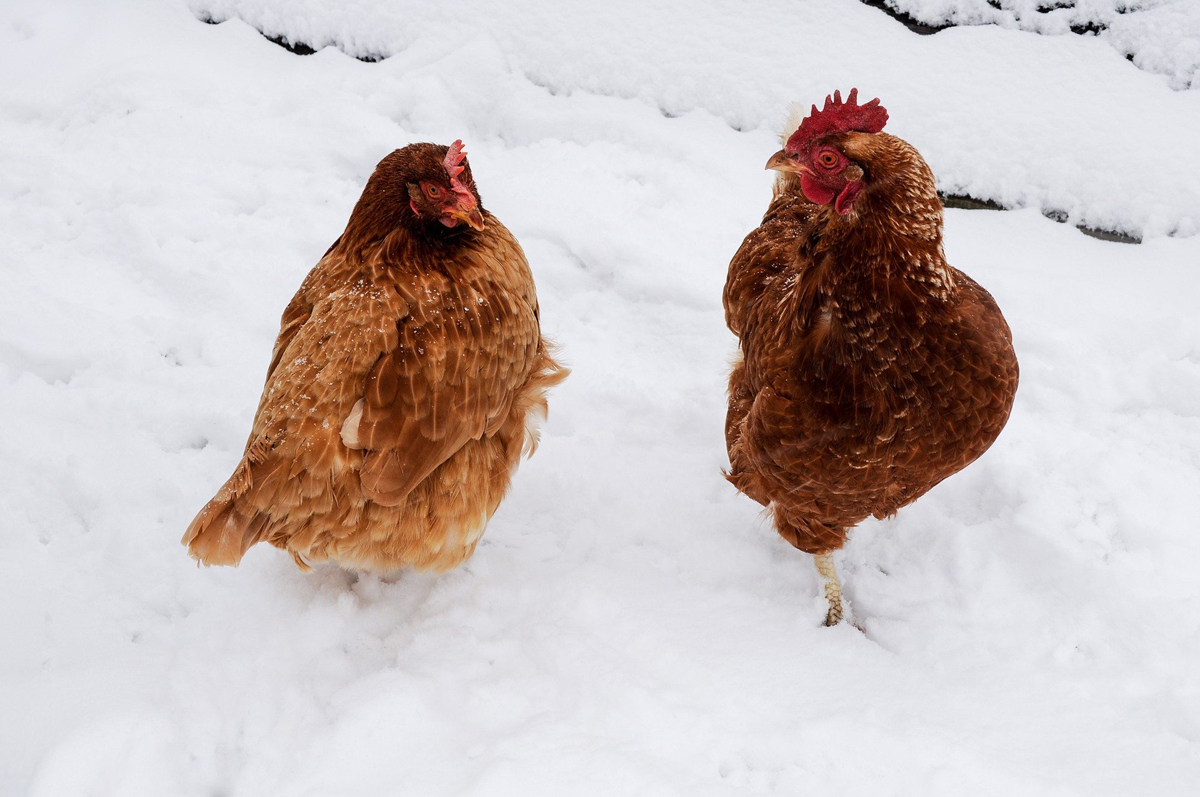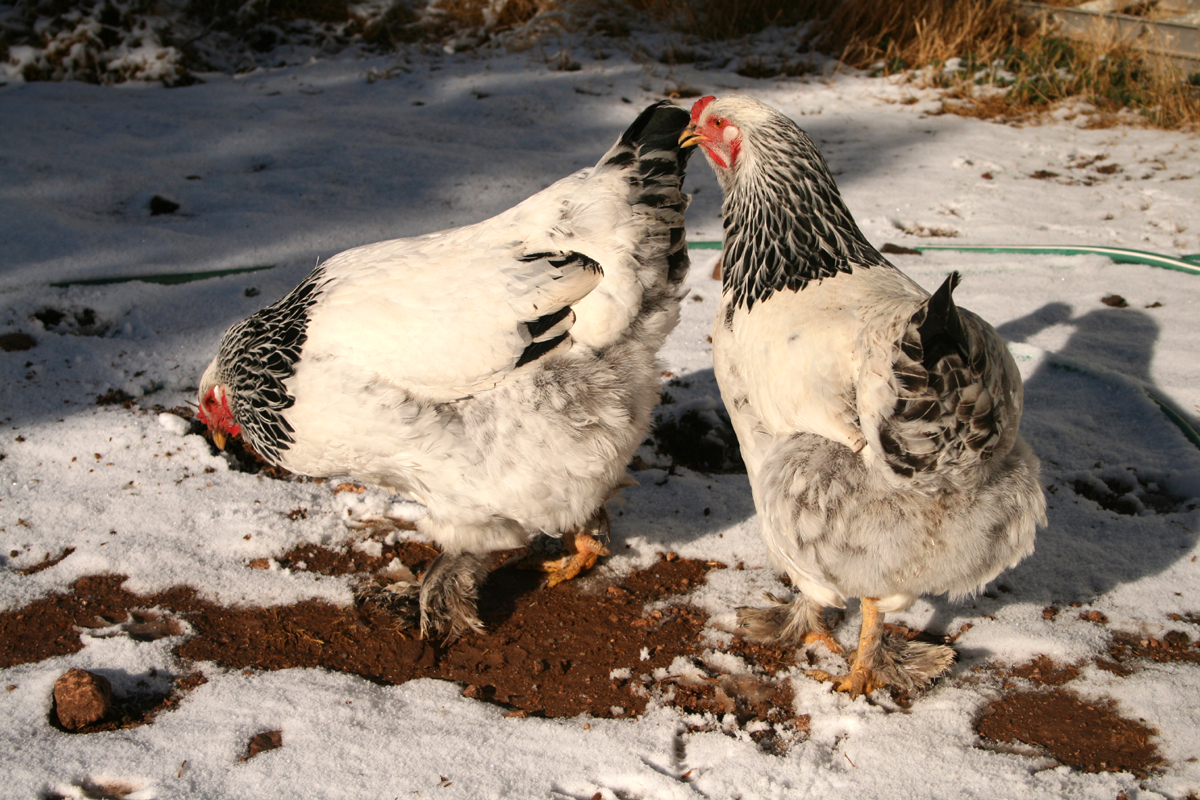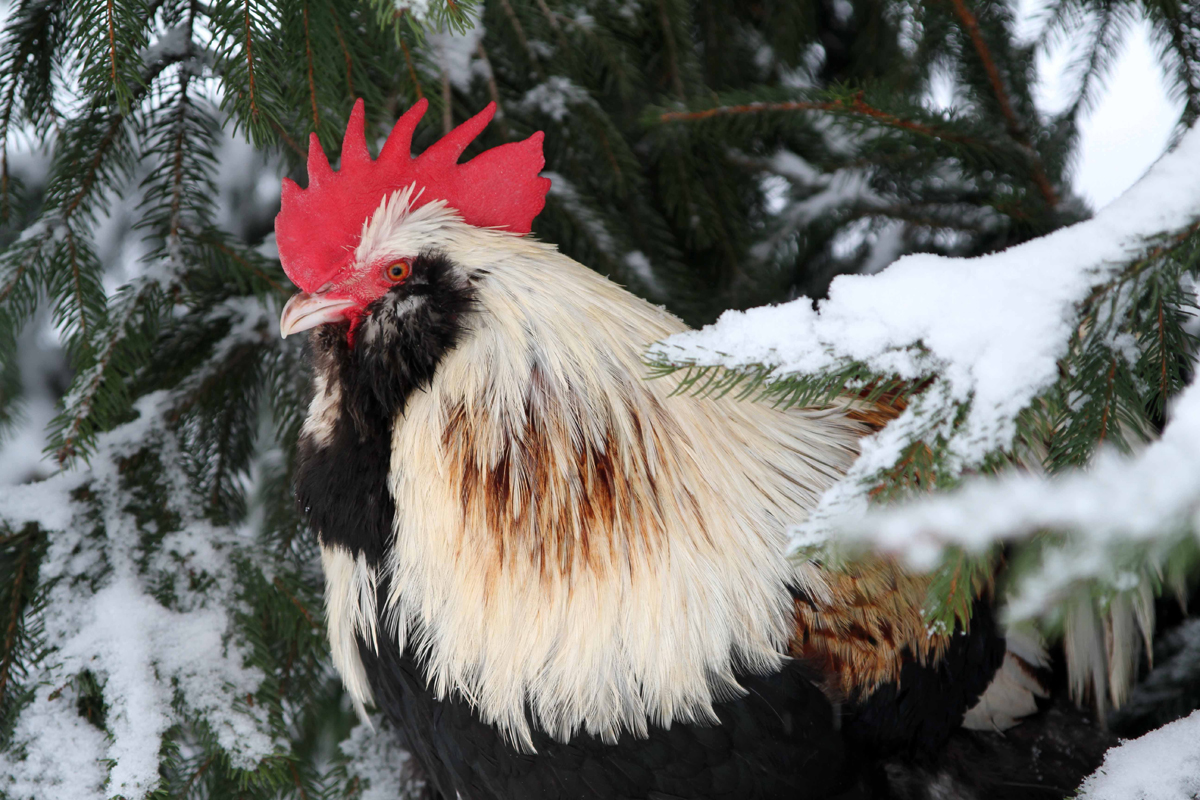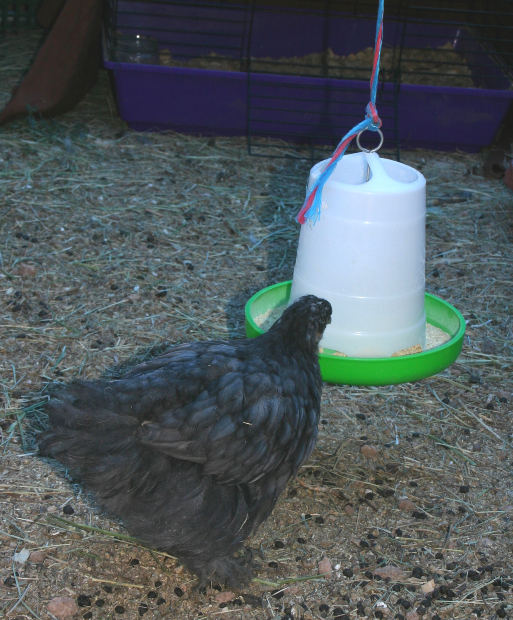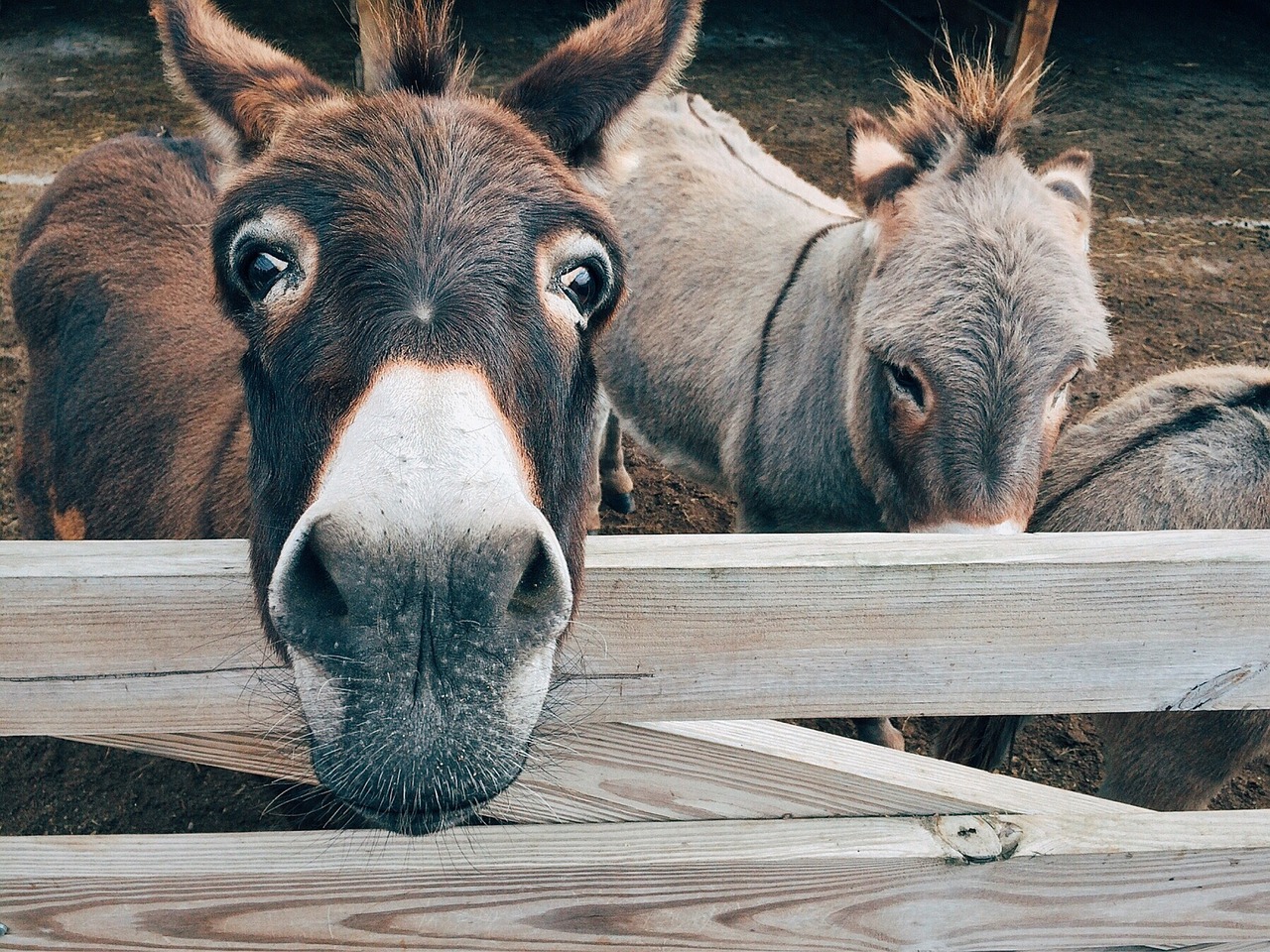Cost of Keeping Chickens
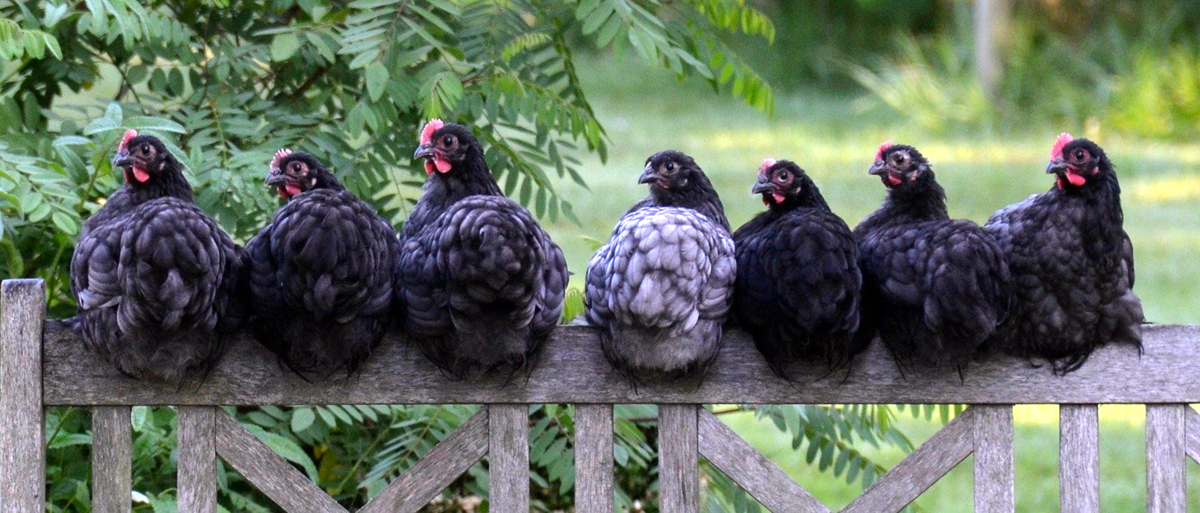
How much will it cost for those wonderful, free-range eggs laid in your backyard coop?
Are chickens worth the expense?
How long will it take to re-coop the start up costs?
One of the first questions on the minds of future city chicken farmers is the cost of keeping chickens. They might dream of free-range eggs they can gather out of their own yard, but don’t want to sink financially for the privilege.
The good news is that chickens aren’t expensive to keep (once you have a place for them to live). Here’s a general breakdown of how much it cost me to get started with my flock of 10. Although your costs might be somewhat different, this will give you a good idea of a starting place.
I bought my chicks as newborns, so they ranged in price from approximately $2.50 to $3.50 depending on the breed. Let’s average them at $3.00. Since most city farmers have smaller limits to the number of chicks they can have, let’s base our prices on buying three chicks.
Three new baby chicks = $9.00
Getting chicks this young means you also need a brooder (a place for them to live that’s warm) for a few weeks. In my case, I used a big dog crate that I already had. You could also use a big plastic bin, a cardboard box, or some other container you have handy. Since most people can rustle up some sort of container for free, let’s assume you’re one of them.
(If you want to start with older chickens closer to laying age and forgo the baby stage, expect to spend $10-15 per chicken).
Homemade chick brooder = free
For a light, I used a basic shop light with the reflective metal around it, and regular light bulb. I threaded an extension cord through the wire door of the crate and hung the light on the inside of the door.
Because the chicks stayed in the house for the first month, this worked good enough.
However, if you need to buy equipment, there are heat lamps and special bulbs that go in them. I’ve seen the lamps for between $10-30, so let’s average it at $20. And the light bulb to go in it for another $6-12, with an average of $8.00.
Brooder lamp and bulb = $28.00
You will also need some sort of food and water containers. I think I paid about $5 each for my initial containers. The water container held a quart of water, which is perfect for a small flock of babies.
Food and water containers = $10.00
Of course, you’ll need food to put in the containers. Most places where you buy the chicks will have some chick starter. The larger size bag you buy, the cheaper it is per pound. You can leave your chicks on the starter until they eat it all and then switch to a different food later, or you can buy a smaller amount of food for more money. The choice is yours. (Because I bought 10 chicks, I started out with a 50 lb bag of chick starter and it lasted me about 2 months). Roughly, you can get a 5 lb bag of chick starter for about $5.00, or a 50 lb bag of the same stuff for around $15.00. Let’s go for the big bag for our example! (I’ve talked to people who never take their chickens off starter, insisting that it’s the best for them.)
50 lb bag of chick starter food = $15.00
If you’ve only got 3 chickens, this bag of food will probably last you about 6 months.
Next, you need some sort of bedding for the chicks. Some people use shredding newspaper or other recycled paper for free. Because my chicks were in the house, I used wood shavings. A big bag of it cost me about $12.00 and lasted for months.
Wood shavings (bedding) = $12.00
Total chick set up = $74.00
That’s all you need to get started! For under $75.00, you can get your chicks, set them up for the first month of their lives, have enough food to feed them for 6 months and enough bedding for at least a couple of months.
However, the REAL costs are yet to come…
Sooner or later (usually sooner–chickens grow at an amazing rate), the chicks are going to outgrow their brooder box and you’ll be faced with finding them a new home. In my case, the chicks went from inside a dog crate in the house, to inside an appliance box (that I got free from Lowe’s) in the garage while I frantically built the chicken coop for them. (Note to self and all of you…follow my advice on the Before You Buy New Chicks page and get your coop set up BEFORE you buy your chicks!)
Because I was able to get a huge appliance box for free, that bought me a bit of time while I worked on the coop. Hopefully, you’ll take my advice, learn from my mistakes and take care of the coop before you get chicks…but, if you’re like me and can’t stand the wait and want chicks NOW, remember your local home improvement store for a free resource for your growing chicks.
Chicken Coops
Chicken coops can be expensive. I used recycled materials (free) whenever possible and started out with a used play structure from Craigslist (see the step by step story here). I got free chicken wire from a friend. I used mis-mixed and leftover paint from previous projects, and my chicken coop still weighed in at about $500! (Remember, however, this was for 10 chickens, which is larger than you’ll need for the small flock of three.)
If you buy a pre-made chicken coop, expect to pay a LOT more for it than if you build it yourself. For a small flock, you could convert a large dog house, a play structure, or other small, enclosed space into a coop from a reasonable price. ( If you’d like some small coop ideas, check these out.) Look for used coops for sale on places like Craigslist and maybe you’ll find a perfect coop for cheap.
If you’re going to build your own coop from scratch, calculate how much space you’ll need (for our 3 chicken example, you’ll need 12 square feet for the chicken coop and 12 square feet for the chicken run), and take into consideration that you’ll need nesting boxes (if you’re getting hens for egg laying) and roosts. Basic Chicken Coop 101 should answer all of your questions.
Larger Food Containers
If you start out with the small food and water containers like I did, eventually you’ll need to upgrade, at least for the water container. Because these can get spendy, I started out with a homemade waterer that cost me about $2.00 and worked well for a couple of months before I finally switched over to a commercially made waterer.
My initial food container would still work if I only had 3 chickens instead of 10, but I also made a hanging self-feeder, much like the homemade waterer, except that it works better and I still use it.
Bedding
Depending on how often you change the betting and what you use for bedding will determine your cost here. For awhile I used straw, but then I switched to wood pellets. The pellets are more costly (around $5 a bag), but they absorb moisture and odors WAY better than the straw. Some people also use wood shavings.
Ongoing Food
Now that my chickens are adults and of laying age, I’ve got them on a layer food, which runs about $13 for 50 lbs. For my 10 chickens, a 50 lb bag lasts about 1 month. (I also feed them food scraps and let them free range for part of every day).
Supplements
Besides food, I also buy calcium and grit for my chickens. This is pretty inexpensive and lasts quite awhile. The chickens need calcium for better eggs and grit to help them digest their food. I put a small dish of each out in the chicken run and they eat it as they please. It takes them several weeks to empty a tuna fish sized can.
I also buy cracked corn for the chickens, as a treat. I feed it to them daily, but in very small quantities. Even for 10 chickens, a 5 lb bag of it lasts for weeks.
They’re Worth It!
Really, to get set up with your own backyard egg production for under $75.00, is a pretty good deal. And ongoing food and supplies aren’t expensive, either. The major cost in this venture is a chicken coop. If you have time to build one or an unused doghouse you can convert, you’ll be on your way.
Even though my coop ended up costing around $500 and taking several weeks to build, it’s been so fun to have chickens! Not only for the eggs, but also for the entertainment value. You might just find yourself outside in the evenings watching ‘farm reality TV’ live in your backyard, instead of sitting on the couch. And some o those memories are priceless.
The Author:
Kerrie Hubbard lives in Portland, Oregon with 10 chickens, 1 cat and several small raised bed gardens. Her website, City Girl Chickens citygirlchickens.com is an urban guide to raising chickens in your backyard or other small spaces.
Photo. Wilma Polinde

